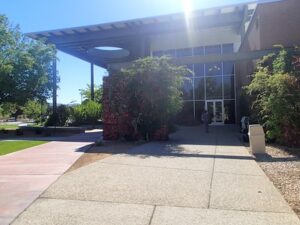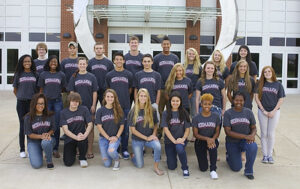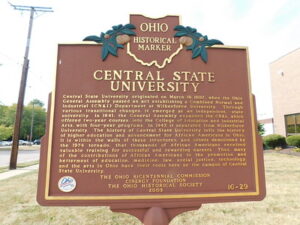The Futures for Frontliners application window is now closed. The program, which Governor Gretchen Whitmer announced in September, accepted more than 100,000 applications. Not every student who applied for the program will qualify under program rules. For those who do, the program offers up to two years of community college tuition and fees at no cost.
Preliminary numbers from the State of Michigan suggest that about 2,600 Washtenaw County residents applied for the program. An additional 1,375 residents of Livingston County and 825 Lenawee County residents applied for benefits.
While “Frontliners” can go to any community college in the state, the program pays only in-district tuition rate. That leaves the students to pay the difference, if they don’t happen to live in one of Michigan’s 28 community college districts.
The volume of prospective students in this area is amazing. About 5,000 people living in Washtenaw, Livingston and Lenawee county have applied for the program. Even if the program has a 40% rejection rate, that still leaves about 2,900 eligible participants within driving distance of WCC. (That does not count any students in Western Wayne County, who could opt to attend WCC instead.
WCC must close aid gaps for Frontliners
Under certain circumstances, WCC offers in-district tuition rates to some students who do not live within the district boundary. For example, students who live elsewhere but work in Washtenaw County may qualify for in-district tuition.
WCC already serves out-of-district students. Right now, about half of WCCs student body lives outside the district boundary. To ensure that WCC captures the largest possible number of students, it must act soon. One major obstacle for some students will be paying the difference between in-district and out-of-district rates.
WCC must put together reliable aid packages that enable attendance for students who live outside of district boundaries. By extending the full value of the program to students who live outside of the district lines, WCC can further increase its enrollment.
The program rules already require students to fill out the Free Application for Federal Student Aid (FAFSA). Since the F4F program is a “last-dollar” scholarship, the students must use all available federal financial aid first. Most frontliners will qualify for significant federal financial aid packages, but WCC must help these students close any out-of-pocket cost gaps. By taking extra steps to find and apply grants and scholarships to these gaps, WCC can maximize the number of students who enroll, bringing their F4F dollars with them.
Photo Credit: Mer Chau , via Flickr



























